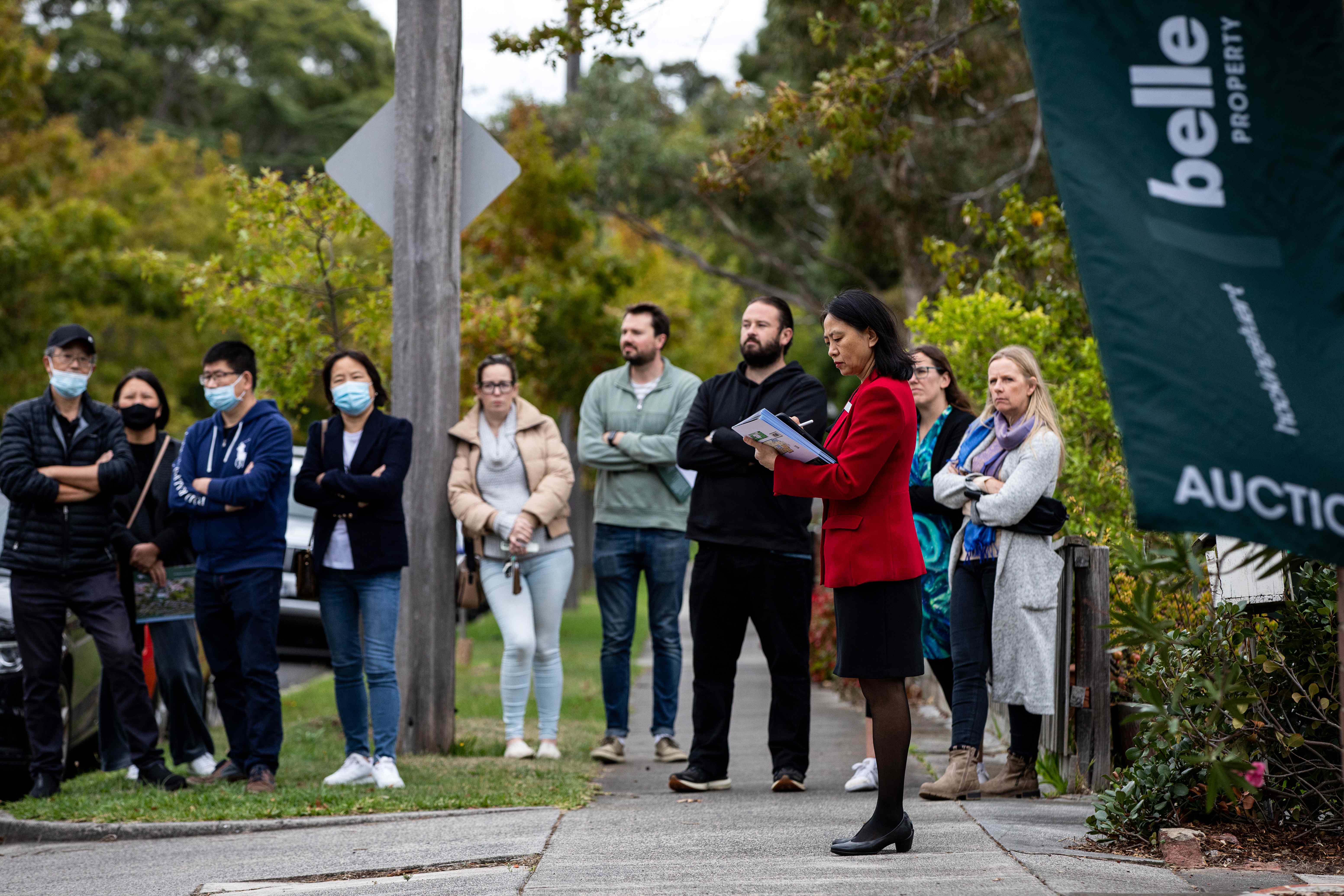In today’s competitive conveyancing landscape, lawyers and conveyancers need to do whatever they can to stay ahead of the competition. Electronic Verification of identity (VOI) has allowed firms to deliver a seamless experience to the client with the bonus of saving time and money for their firm.
With the introduction of mobile and web-based applications to verify a person’s identity, legal professionals have put time back in their day and saved their clients a lot of money.
Discussed are the three ways technology has reshaped the VOI Process.
1. Time to process a verification
The manual processes that were involved in the verification of identity took up a lot of time and effort including arranging in-person meetings, obtaining signatures and scanning/filing documents.
With the technology available, lawyers can verify their client’s identity through applications, like triVOI offered by triSearch. The verification of person and documents can be done in a few simple steps.
With the adoption of technology, transactions with clients are becoming much faster.
For example, sending a client to get verified at the post office could take a few days, as the client has to organise a time to go and make sure they have all the points of identification, or else they will have to return again.
Electronic VOI has improved that process immensely, turning an arduous task for the client into a positive and easy experience.
2. Cost-effective for both conveyancing professionals and their clients
We all know the saying time is money. By removing all the unnecessary manual tasks involved in verifying a client’s identity, you are removing the labour cost involved, meaning you can spend time on more important tasks.
Not only does it save legal professionals in time ‘associated’ costs, the cost difference between using an application verse sending a client to the post office is evident.
Even if you’re not wearing the cost of verification as a lawyer/conveyancer, if your practice offers lower costs on VOI you will look more appealing to prospective clients.
3. Verification of identity for remote clients
Technology has allowed us to have peace of mind when it comes to verifying clients from remote locations. With the ability to have a face-to-face video calls, you can be confident that the person you are about to do business with, is who they say they are.
For example, with triVOI security, you can ask your client to enter a video call and you are able to screenshot them holding their passport.
This is classified as a responsible step under the guidelines of ARNECC. Ensuring that your client is who they say they are is key to protecting your client and the reputation of your firm.
Verification of Identity technology has enabled legal professionals to spend less time on the manual process involved in verifying identity and more on important tasks.
The introduction has made verification simple and accessible from all locations. Not only saving your clients on the travel involved to reach your office, they also save on the cost involved in the verification.






